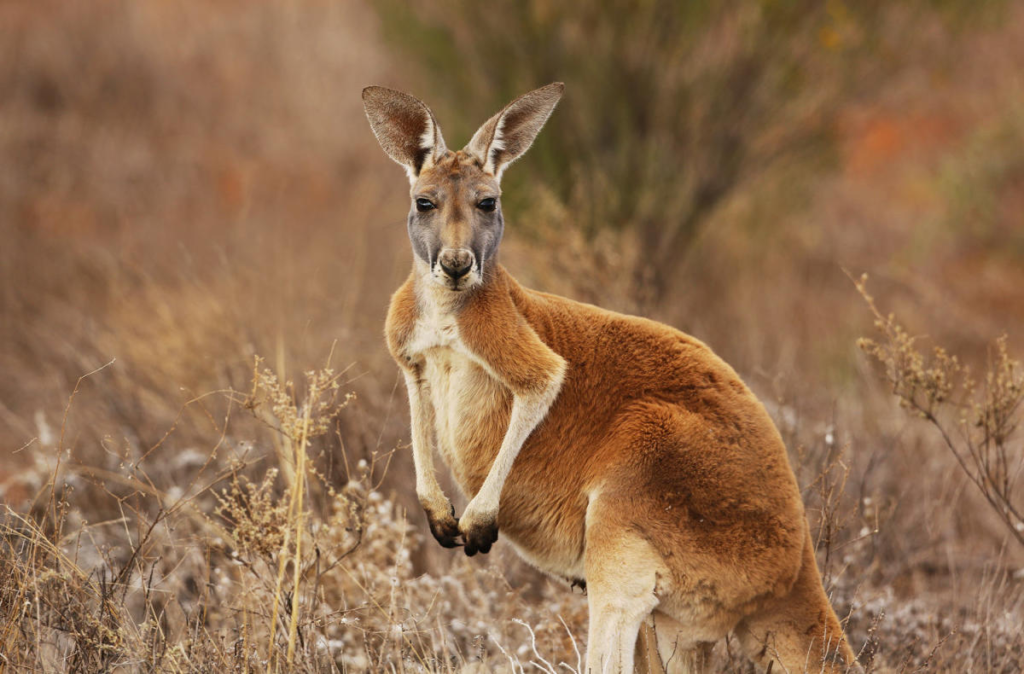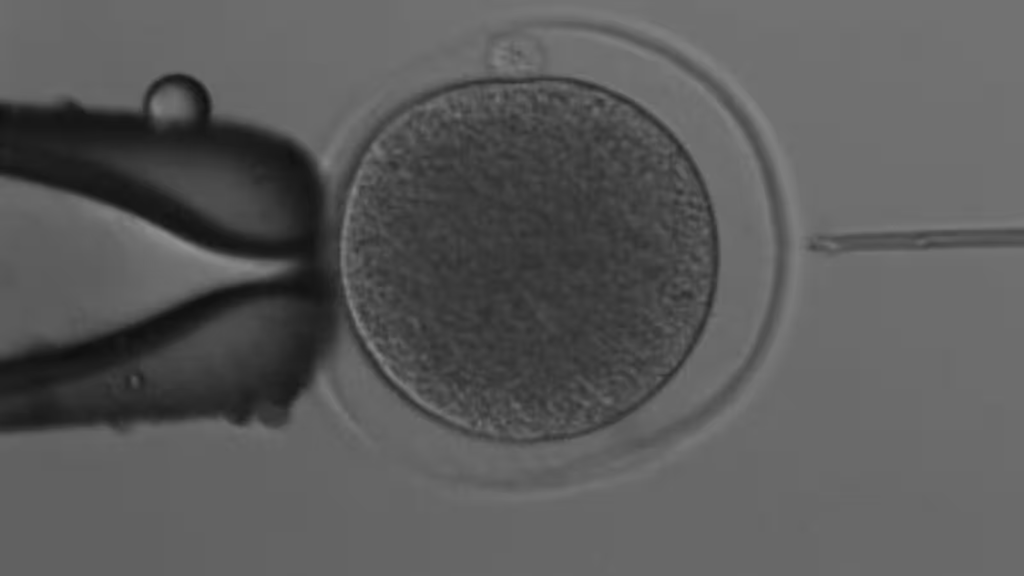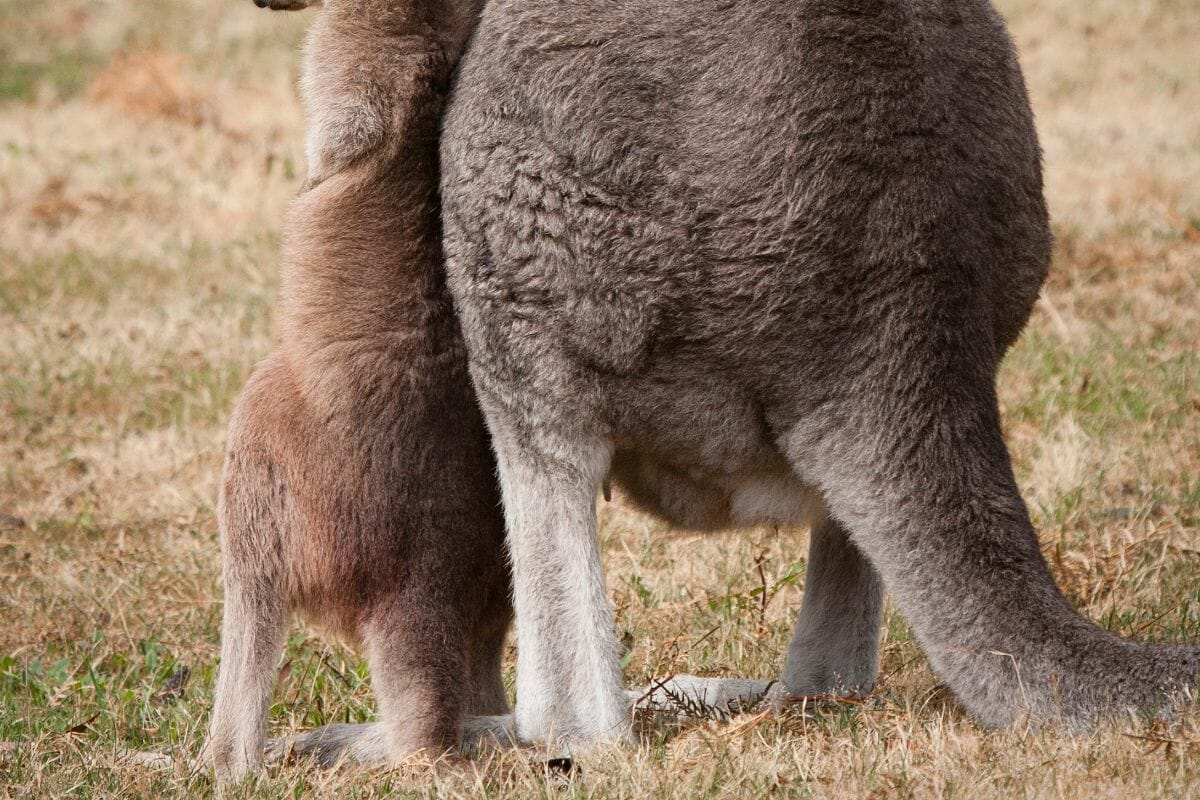In a significant breakthrough for wildlife conservation and reproductive science, researchers at the University of Queensland have successfully created the world’s first Kangaroo Embryos Created via IVF (in vitro fertilization)
This achievement, led by Dr. Andres Gambini and his team, marks a major step toward preserving Australia’s unique marsupial species, many of which are at risk of extinction.
The study, published in the journal Reproduction, Fertility and Development, details the pioneering process that could one day help restore declining populations of endangered marsupials.
A Groundbreaking Achievement in Marsupial Reproduction
The research focused on eastern gray kangaroos, a species that is currently abundant in Australia. By using genetic material from these kangaroos, scientists were able to develop and refine IVF techniques that could later be applied to threatened species such as koalas, Tasmanian devils, and wombats.
The method involved a precise reproductive technique known as intracytoplasmic sperm injection (ICSI), which is widely used in human fertility treatments.
While the embryos created in this study will not be raised into joeys, the researchers see this as a vital stepping stone toward the long-term goal of conserving Australia’s vulnerable marsupial species.
Read : 47-Year-Old Man Who Killed 100 Kangaroos in Australia Arrested
With Australia facing one of the highest extinction rates in the world, advancements like this could play a crucial role in preserving the country’s biodiversity.
The Science Behind Kangaroo IVF
The process of creating kangaroo embryos through IVF required the adaptation of reproductive technologies that have been successful in humans and domestic animals.
The researchers began by collecting sperm and egg cells from eastern gray kangaroos. Since this species is overabundant, it provided an ideal model for testing and refining reproductive techniques before applying them to endangered marsupials.
Using the ICSI method, the team injected a single sperm cell directly into a mature egg, facilitating fertilization. This technique has been widely used in human IVF procedures and is particularly effective for species with unique reproductive challenges.
Read : Australia: Reasons to Visit, Interesting Facts, Famous Places
Unlike placental mammals, marsupials have distinct reproductive systems that require specialized techniques to support fertilization and embryo development.
In total, the team successfully created more than 20 eastern gray kangaroo embryos. Although these embryos will not be brought to term, the researchers are now focusing on optimizing methods to preserve and transfer embryos in the future.

They aim to develop techniques for freezing marsupial embryos, a critical step that would allow for long-term conservation efforts. If successful, frozen embryos could later be implanted into surrogate mothers, effectively reintroducing lost genetic material into wild populations.
John Rodger, a leading expert in marsupial reproduction who was not involved in the study, praised the research as a major advancement in the field.
Speaking to The Guardian, he noted that this experiment represents “really promising progress” in applying IVF techniques to marsupials, a group of animals that have historically been difficult to breed in captivity using artificial reproductive methods.
The Future of Marsupial Conservation
The implications of this research extend far beyond eastern gray kangaroos. Australia has one of the worst extinction rates in the world, and many of its native marsupials are under severe threat due to habitat destruction, climate change, and disease.
Species such as the Tasmanian devil, northern hairy-nosed wombat, and Leadbeater’s possum have suffered dramatic population declines in recent years.
One of the most urgent cases is the Tasmanian devil, which has lost approximately 80 percent of its population over the past three decades due to a highly contagious form of cancer known as devil facial tumor disease.
The ability to use IVF for species like the Tasmanian devil could provide a lifeline, allowing conservationists to introduce new genetic diversity into struggling populations.
IVF is already being explored as a conservation tool for several species worldwide. In recent years, scientists have successfully used IVF to assist in the reproduction of endangered bison, donkeys, and even frogs.
One of the most notable achievements occurred last year when researchers created the first rhino pregnancy through IVF, offering a glimmer of hope for the northern white rhino, a subspecies that now has only two individuals remaining.

Despite these successes, there are still many challenges ahead before IVF can be widely applied to marsupials. The next major hurdle is achieving a live birth using IVF techniques. Dr. Gambini and his team estimate that it could take up to a decade before their methods are fully developed to the point where IVF-born marsupials can be introduced into the wild.
Beyond IVF, researchers are exploring additional reproductive strategies to support conservation. These include advanced hormone therapies and cloning techniques, which could further expand the possibilities for preserving at-risk species.
By combining multiple scientific approaches, conservationists hope to create a comprehensive strategy to protect Australia’s unique wildlife from extinction.
Dr. Gambini remains optimistic about the future. In an email to NBC News, he emphasized that IVF, when used in conjunction with other conservation efforts, “can make a real difference for species at risk.”
The successful creation of kangaroo embryos marks a pivotal moment in this journey, bringing scientists one step closer to ensuring the survival of Australia’s iconic marsupials.
let’s enjoy few years on earth with peace and happiness….✍🏼🙏

